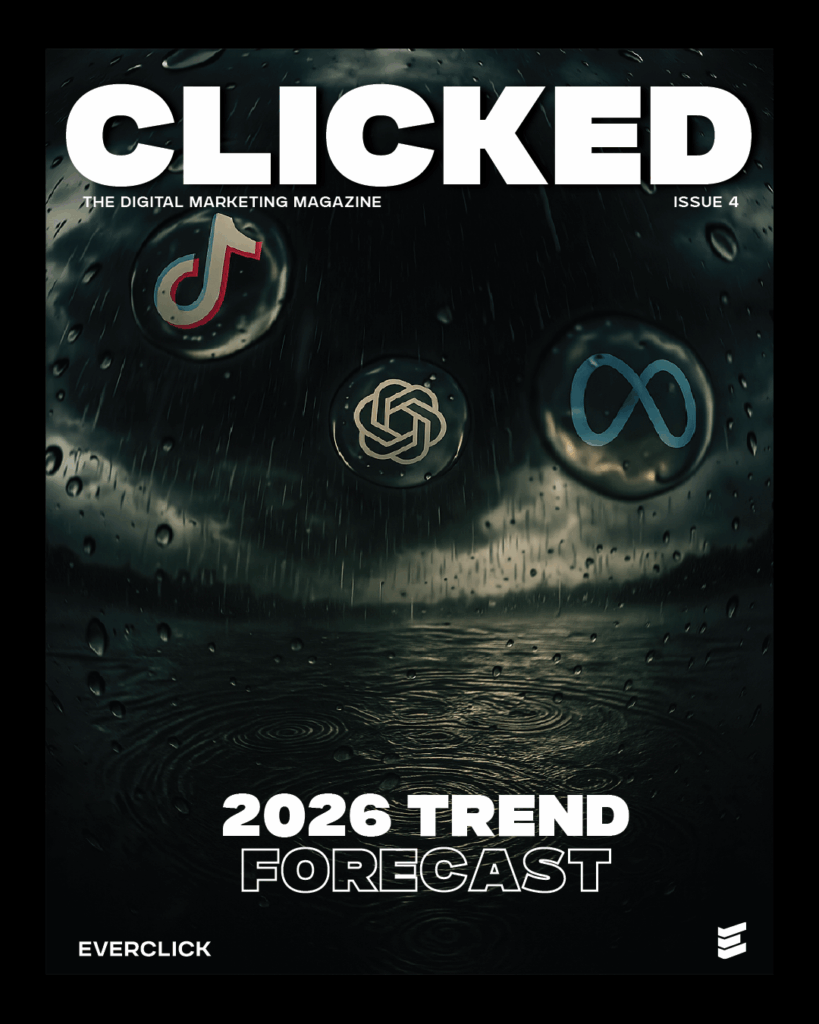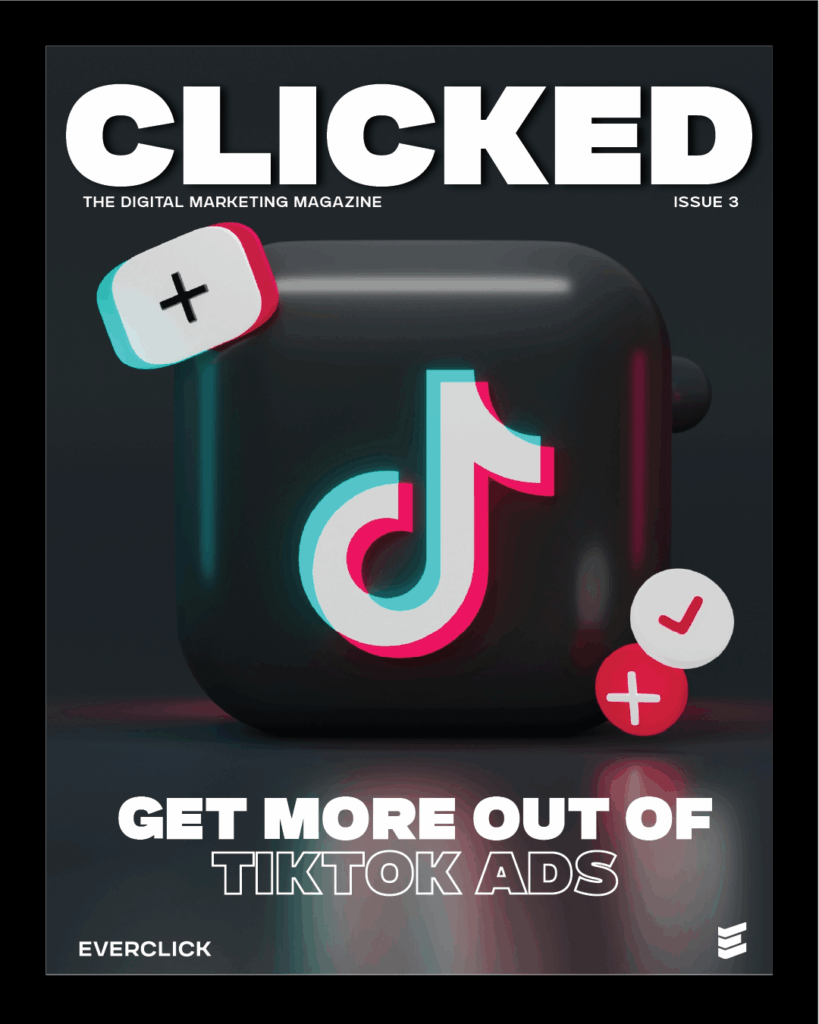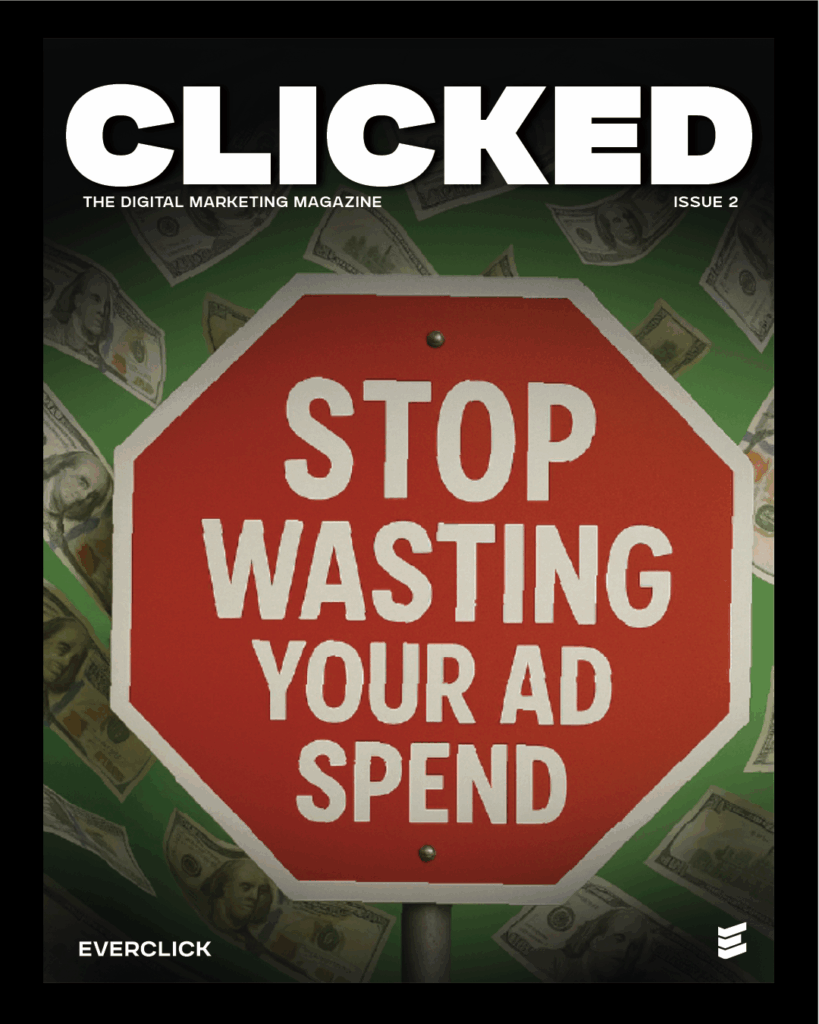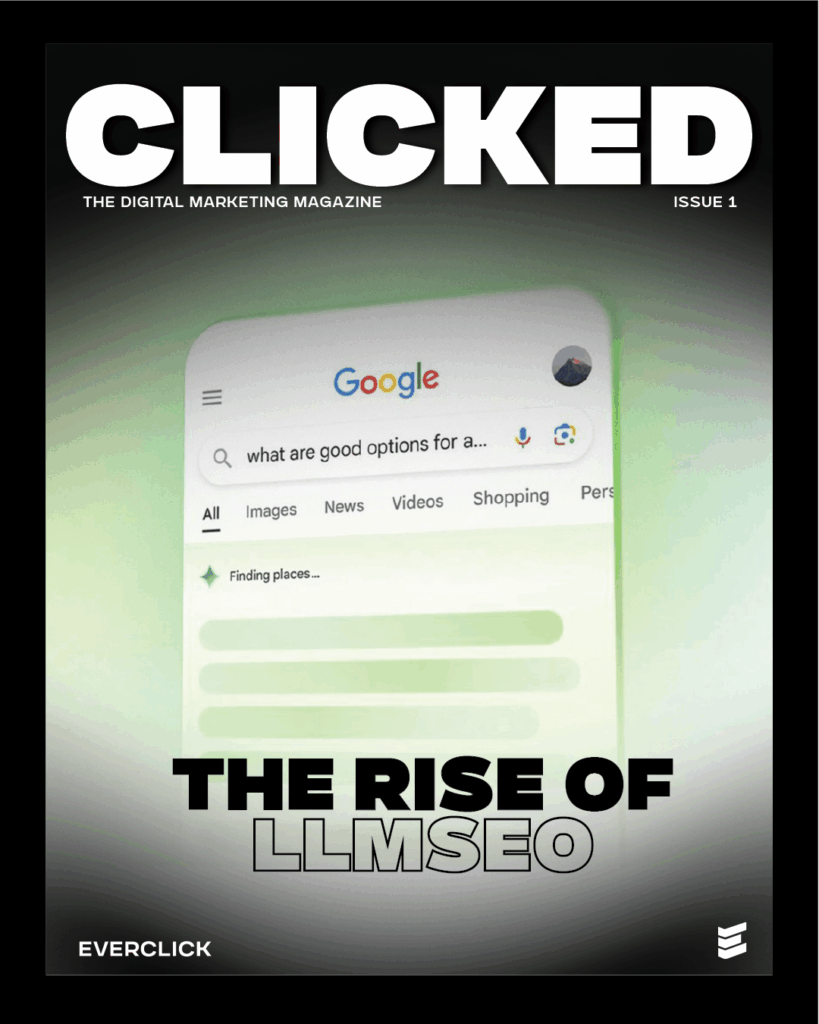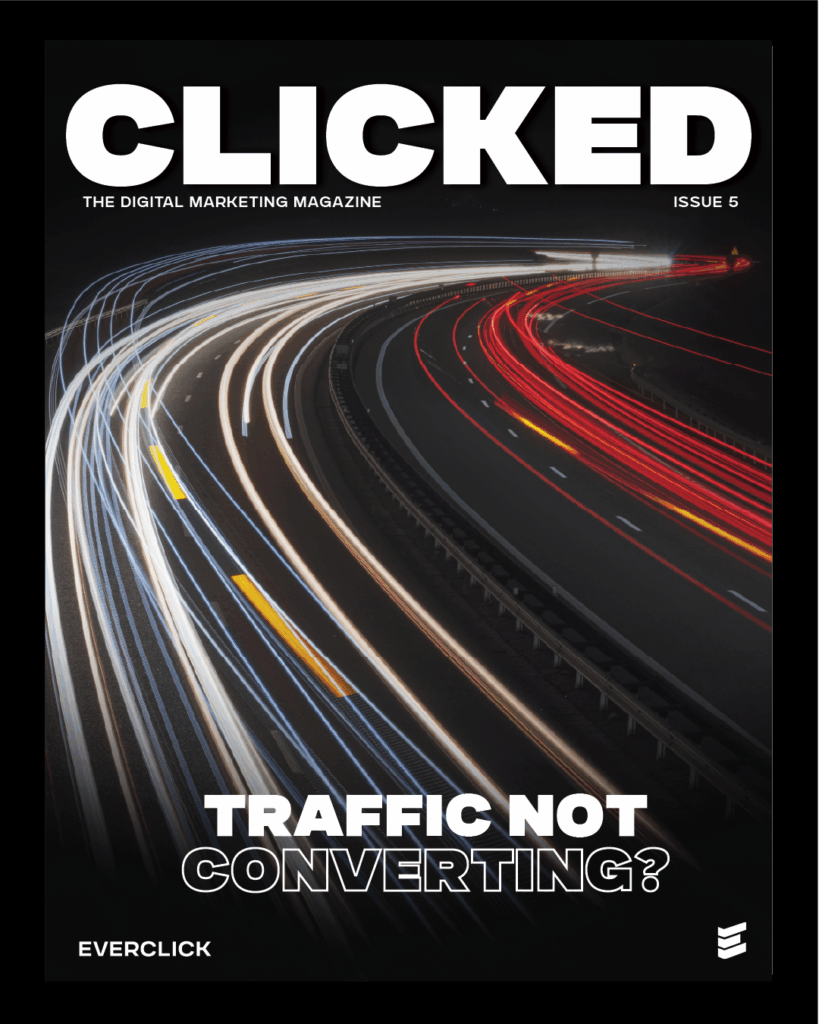The digital marketing world moves quickly. What brought you customers two years ago might be costing you opportunities today. With 2026 fast approaching, now’s the time to plan ahead so you can stay competitive and avoid wasting money on outdated tactics.
Here’s your 2026 digital marketing trend forecast, written specifically for small business owners who want clear, practical advice without unnecessary jargon.
1. AI-Powered Personalisation Will Become the Norm
Artificial Intelligence is no longer a novelty. In 2026, it will be an everyday tool for businesses of all sizes.
Small businesses can use AI to:
- Tailor website content for each visitor
- Write email campaigns based on previous purchases
- Recommend services or products based on browsing behaviour
Why it matters: Customers now expect brands to understand their needs instantly. Personalisation builds trust and boosts conversion rates.
2. Short-Form Video Will Continue to Dominate
Platforms like TikTok, Instagram Reels, and YouTube Shorts are giving short-form video priority over almost any other content type.
Tip: You don’t need expensive equipment. A decent smartphone, good lighting, and a clear message can help you connect effectively with your audience.
3. Voice Search Will Play a Bigger Role
As smart speakers and voice assistants become more common in UK homes, voice search is becoming a key way people discover local businesses.
Example: Instead of typing “florist near me,” someone might say, “Alexa, where’s the best florist open now?”
Action step: Use natural, conversational keywords on your site and make sure your Google Business Profile is accurate and up to date.
4. First-Party Data Will Be Essential
With third-party cookies being phased out, it’s more important than ever to collect your own customer data.
- Build a strong email list
- Offer useful downloads or resources in exchange for contact details
- Track on-site behaviour using privacy-compliant tools
Why it matters: If you rely solely on platforms like Facebook or Google to “own” your audience, you’re at the mercy of their algorithm changes. Owning your own data means more control.
5. Social Commerce Will Grow Rapidly
Consumers are increasingly making purchases directly through platforms like Instagram and TikTok without visiting a traditional website.
If you sell products, set up your social shop. If you provide services, use built-in booking tools to reduce friction for potential clients.
6. Human-Centred Content Will Win Out
Ironically, as AI-generated content becomes widespread, authentic, human-led stories will stand out even more.
- Share genuine customer testimonials
- Give a behind-the-scenes look at your business
- Talk openly about your challenges and successes
Why it matters: In 2026, trust will be one of the biggest deciding factors in who wins new customers.
